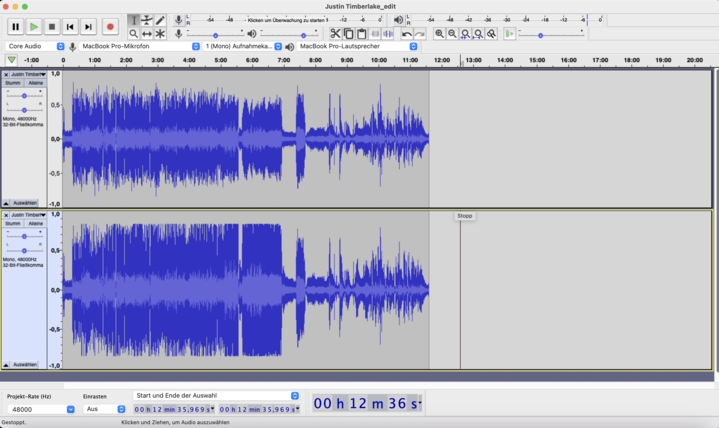Lpcm sound is considerably quieter than Dolby Digital plus 5.1 or other modes, annoying
Is that normal or not?
Or maybe work in progress?
Is lpcm the best option for my setup , gaming on ps5?
Thanks everyone for helping in advance
Peace
Dawid
Best answer by Rowena B.
View original




